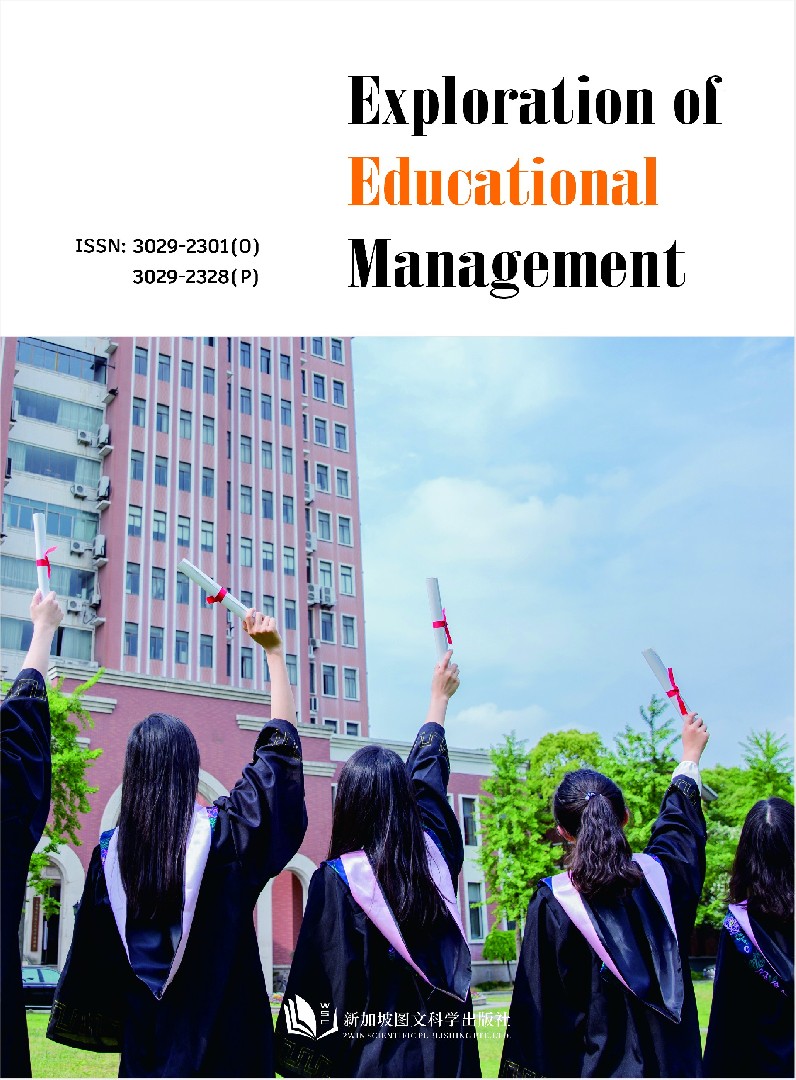作者
Kexin Zhu
文章摘要
With the rapid development of technology, many innovative educational methods have emerged in the field of education, including the educational metaverse. The educational metaverse utilizes technologies such as virtual reality and augmented reality to break the temporal and spatial limitations of traditional education, providing a more immersive and personalized learning experience. The application of Metaverse Learning Space methods in the integration of enterprises with vocational schools and universities can improve the efficiency of educational resource utilization, expand learners’ practical opportunities and perspectives, promote industry education cooperation and resource sharing, and promote the development of education and teaching towards more personalized, innovative, and cross-border directions. This article analyzes the application strategies of Metaverse Learning Space methods in integration of enterprises with vocational schools and universities for reference.
文章关键词
Metaverse Learning Space methods, integration of enterprises with vocational schools and universities, application
参考文献
[1] Bie Dunrong. Thoughts on Engineering, Engineering Education and Its Reform. Research on Chinese Higher Education, 2022 (01).
[2] Cao Liangcai, He Zehao, Liu Kexuan, Sui Xiaomeng. Dynamic Holographic 3D Display in the Metaverse: Development and Challenges (Invited) [J]. Infrared and Laser Engineering, 2022 (01).
[3] Hua Zixun, Huang Muxiong. The Teaching Field Architecture, Key Technologies, and Experimental Research of the Educational Metaverse [J]. Research on Modern Distance Education, 2021 (06).
[4] Shi Xiaoqiu, Jiang Zongli, Shen Qian, Hou Shengli. The challenges, opportunities, and strategies for cultivating new engineering talents and professional construction in network engineering. Research on Higher Engineering Education. 2020 (05).
Full Text:
DOI
